Destination Jhargram, seat of Bengal's 'Rajput Malla' kings
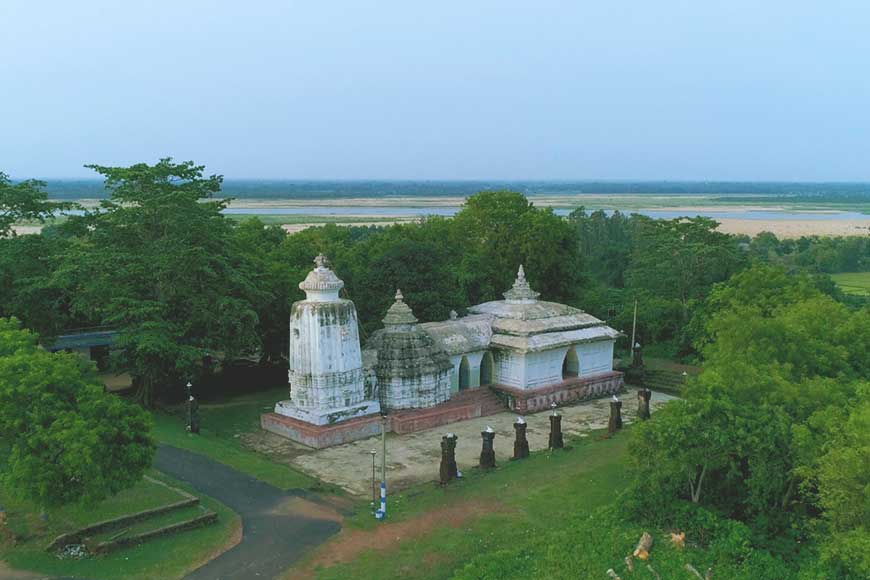
How many destinations have you heard of that offer hills, forests, meandering rivers, ancient palaces and temples, and unique cultural traditions, all in one place? For all those interested, Jhargram is the place to go, and the recently reopened Jhargram Rajbari Tourist Complex the place to stay. Completely sanitised and Covid protocol-compliant, the the complex now awaits the arrival of 'Puja tourists'.
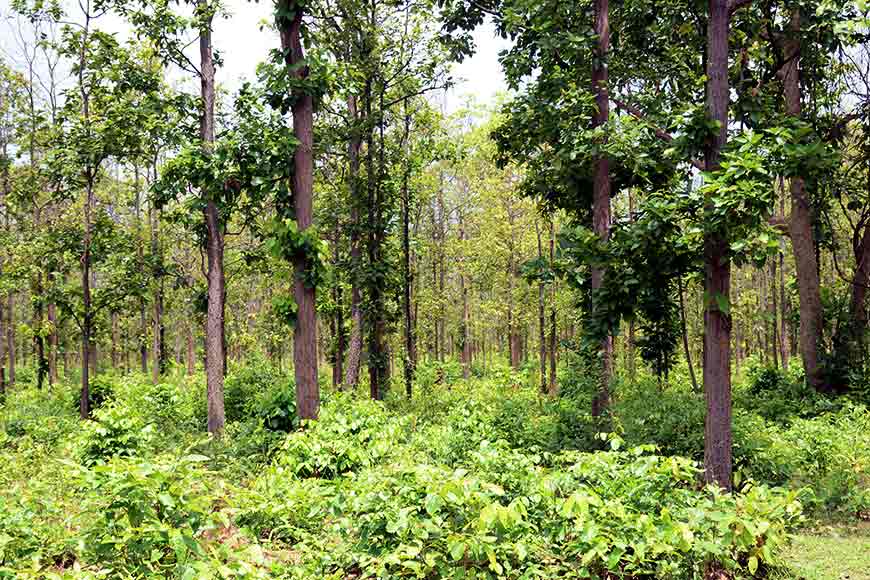 The green woods
The green woods
Jhargram is a town at the western extremity of West Bengal, in West Medinipur district. To its north lie Belpahari and Kankrajhor, to its south, the Subarnarekha river. Its forests abound in ancient and priceless sal, teak, and mahul trees, among which roam wild elephants, deer, and birds. The region is at once wild and beautiful, accessible yet pristine.
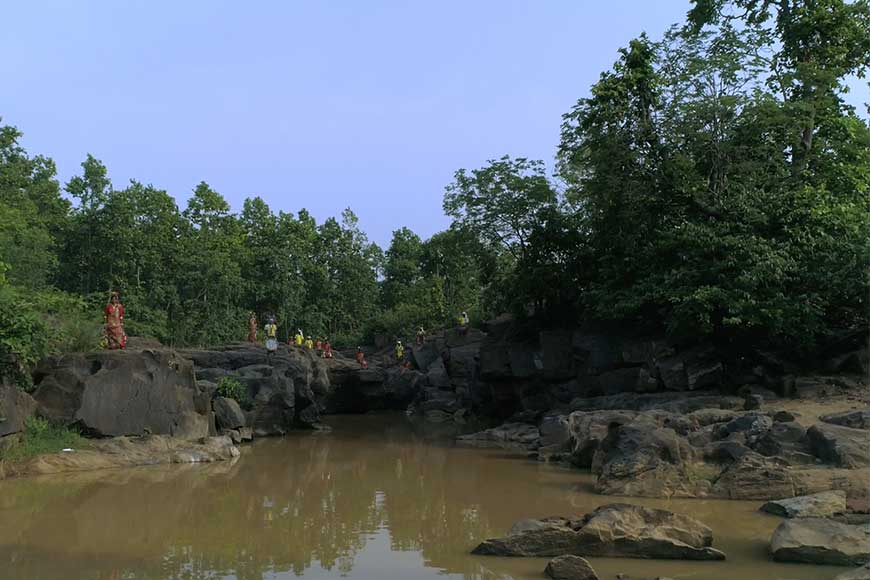 Ghagra Waterfalls
Ghagra Waterfalls
Not to mention its historic value. At the close of the 16th century, around the year 1592, Emperor Akbar sent his famous Rajput commander Man Singh to the region, referred to as 'Jangalkhand', primarily to establish control over the powerful local tribal rulers of the Santhal, Bhumij, Lodha, and other communities, commonly known as 'Mal (Malla) Raja', who had held sway over the area since ancient times. And Man Singh entrusted his longtime lieutenant and fellow Rajput Sarveshwar Singh with the job. Having penetrated deep into the forests of Jangalkhand, Sarveshwar vanquished the Mal Raja and established his own kingdom, with Jhargram as its capital. He also gave himself and his successors the title 'Malla Deb'.
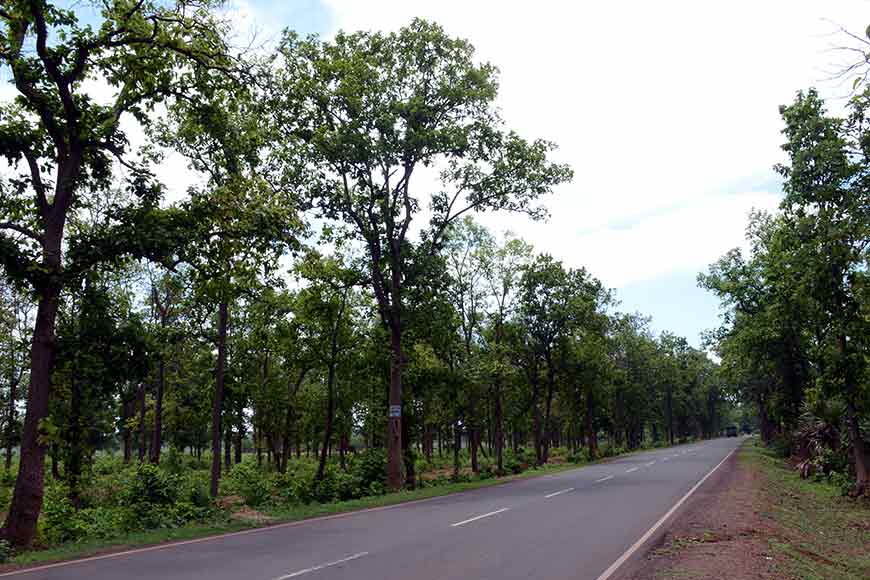 Queen of forests
Queen of forests
Soon after, Man Singh returned to Rajputana, but Sarveshwar Malla Deb stayed behind in Bengal, and his elder brother assumed control over Mallabhum or Bishnupur. Thus was born the Malla Rajput dynasty of Bengal.
 Remnants of those times can be seen all around Jhargram, most notably at the Jhargram Rajbari, the ground floor of which is now a guest house. Roughly three km from the station, the palace complex is also instantly recognizable from several popular Bengali films, such as 'Sannyasi Raja' and 'Durgeshgorer Guptadhan'. The fully air-conditioned guest house offers a plush, comfortable stay, though you may need special permission to visit the rest of the palace.
Remnants of those times can be seen all around Jhargram, most notably at the Jhargram Rajbari, the ground floor of which is now a guest house. Roughly three km from the station, the palace complex is also instantly recognizable from several popular Bengali films, such as 'Sannyasi Raja' and 'Durgeshgorer Guptadhan'. The fully air-conditioned guest house offers a plush, comfortable stay, though you may need special permission to visit the rest of the palace.
Also read : The unspoilt beauty of the Ayodhya Hills
Approximately 12 km from Jhargram are the Chilkigarh Palace and Kanak Durga Temple, by the Dulung river, the principal tributary of the Subarnarekha. The palace is the relic of the Dhalbhum kings, one of whom also established the temple, with a unique Durga idol that reflects the region's tribal influences. Adjoining the temple is a dense forest, which reputedly holds over 400 varieties of medicinal plants and trees.
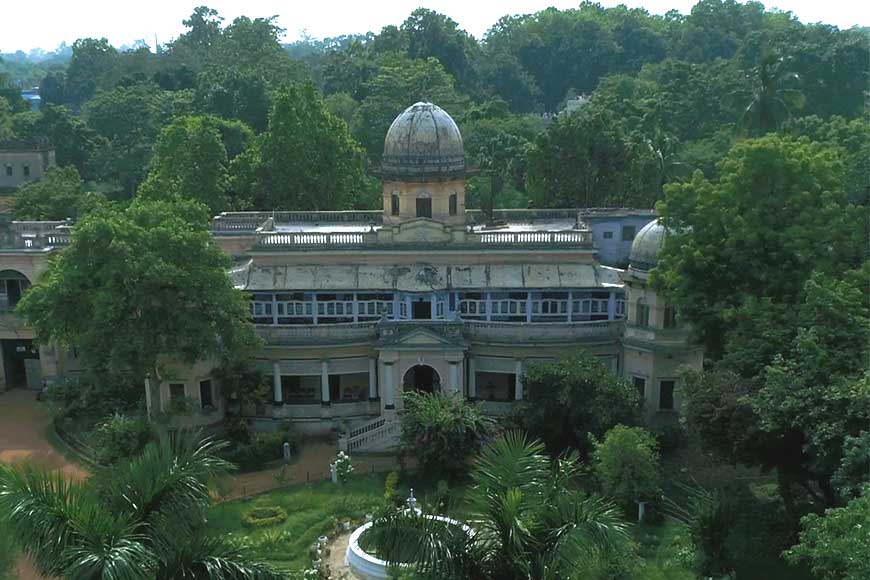 Jhargram Palace
Jhargram Palace
That apart, the Jhargram Mini Zoo, about three km from the township, is a great option particularly for families with children. The zoo houses a wide variety of deer, apart from various reptiles, bears, crocodiles, monkeys, and birds. Allied to the zoo is the bird sanctuary at Kendua, en route from Jhargram to Chilkigarh, where migratory birds gather in large numbers, particularly at the onset of the monsoon season.
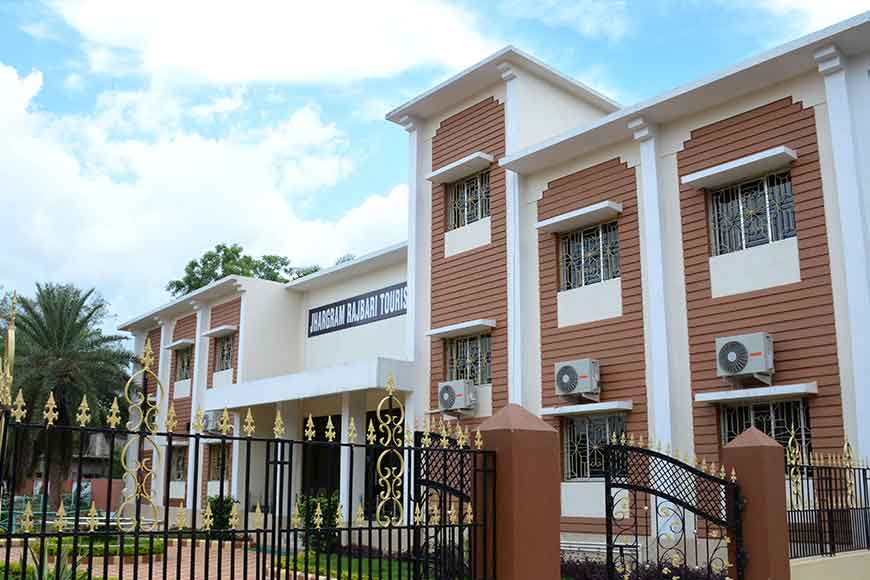 Jhargram Rajbari Tourism Property
Jhargram Rajbari Tourism Property
How to get there
Jhargram is approximately 160 km from Kolkata, and the roads are in good condition, so a one-way road trip takes approximately 4.5 hours. Until such time as trains begin operating again, a road trip is the best and easiest option.
For bookings at the Jhargram Rajbari Tourism Project, contact
West Bengal Tourism Development Corporation Ltd
DG Block, Sector-II, Salt Lake
Kolkata 700091
Phone: (033) 2358 5189, Fax: 2359 8292
Email: visitwestbengal@yahoo.co.in, mdwbtdc@gmail.com, dgmrwbtdc@gmail.com










